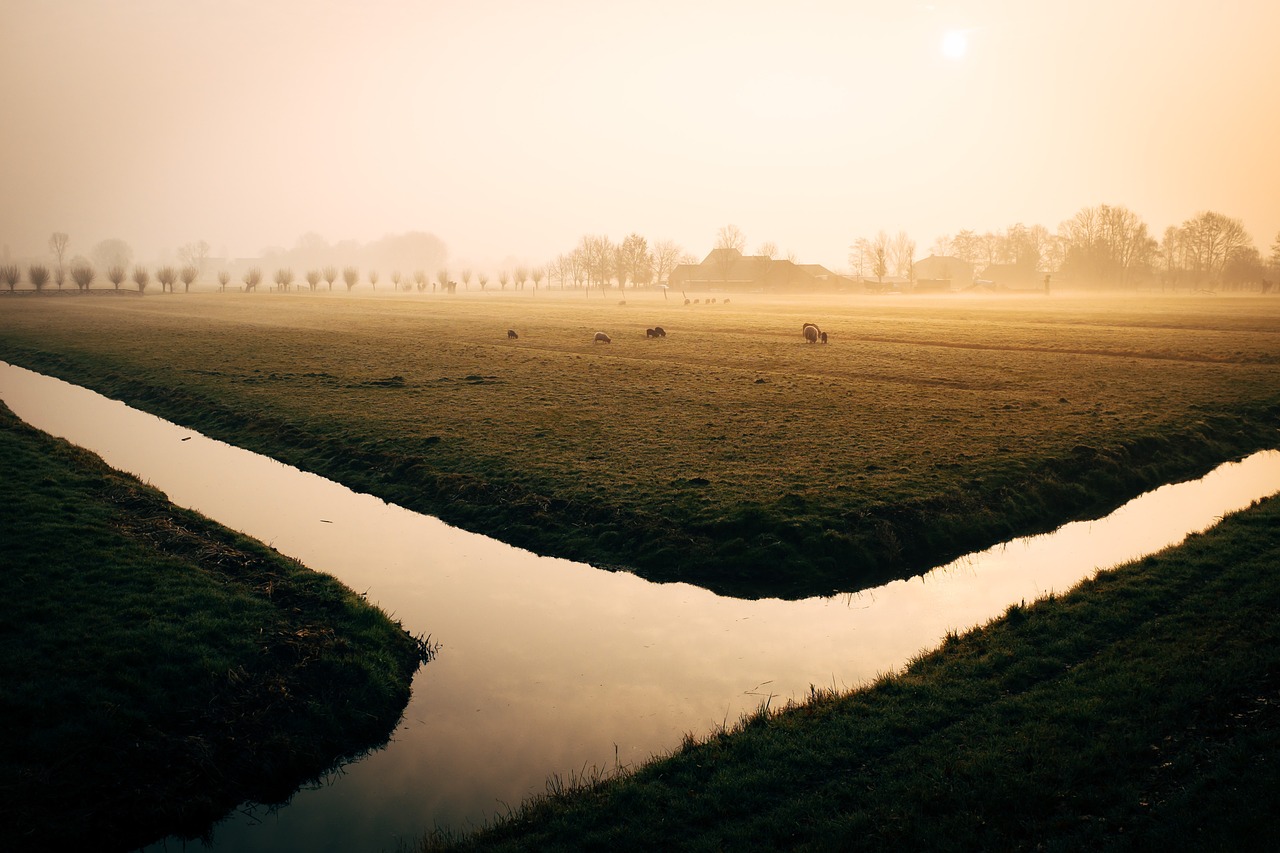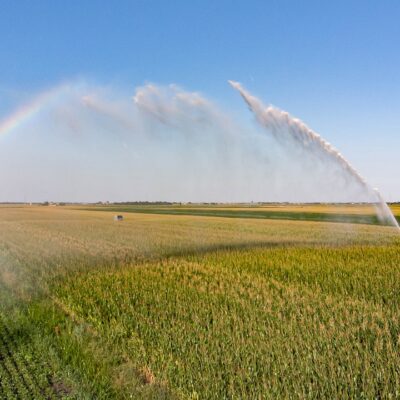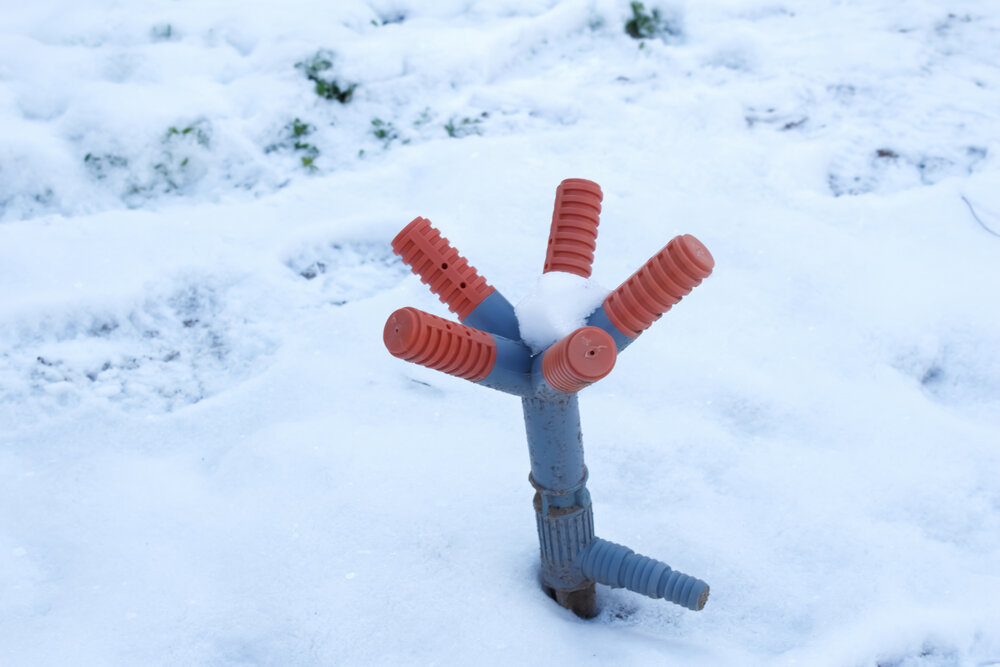Liquid water that pools on varying surfaces such as lakes and rivers, the ground and the leaves of plants is converted into water vapour by a process we know as vaporation. This water vapour is then removed into the atmosphere, and this entire process is what we know as evaporation.
For evaporation to take place, it requires energy, and this energy principally comes from the sun’s rays, but also, to a lesser extent, from the ambient temperature of the air. Given energy, the evaporation process then requires a driving force to kick it off. It comes by way of the difference between the atmospheric pressures on the evaporation surface and that of the surrounding air.
Put everything together, and you have evaporation, a prime example of which you can see from this photograph on the National Geographic website.
So, why should evaporation bother us? It’s a natural process, and the lost water gets replaced by rainfall, providing rain happens in a particular region. But climate change is impacting the cycle, and as a result, some areas are becoming more susceptible to droughts.
Irrigation Evaporation
There is another aspect of evaporation that is equally worrying, and this has to do with irrigation. In many areas, including those used for agriculture, water is a limited resource. Irrigation technology allows us to get water to crops to promote abundant, healthy plant growth.
But some types of irrigation are much worse than others when it comes to fuelling evaporation, creating an enormous waste of what is, after all, a scarce resource. In this article, we will take a look at how the various types of irrigation systems perform when it comes to this key area.
Flood or Surface Irrigation
The least efficient type of irrigation system in terms of evaporation is surface, also known as flood irrigation. Historically, it is the earliest type of irrigation and was employed in Egypt and Mesopotamia as far back as 6,000 BC.
It is still used in agriculture today either because it is the best way of growing certain crops like rice, for example, and because it is low technology and therefore inexpensive.
It is, however, extremely inefficient because:
- Much of the water seeps below plant root systems and pools in sub-surface groundwater.
- Water is not applied evenly to all plants. Some plants received too much water while some receive not enough.
- The big surface area of water exposed to the atmosphere promotes evaporation on a large scale.
- It promotes run-off.
- Can lead to soil erosion.
The bottom line is that flood irrigation is grossly inefficient as only 20% of the water gets used by the crop while the rest is lost through evaporation, run-off and seepage.
Furrow Irrigation
Furrow irrigation is a type of flood or surface irrigation. It’s not quite as wasteful as non-furrow surface irrigation because the water is channelled in between furrows and not all over the entire growing area. It is, however, still highly inefficient in terms of water loss through evaporation, run-off and seepage.
Sprinkler Irrigation
Some crops fare better when watered from above. Sprinkler irrigation, which can be static, semi-mobile or mobile, is a great improvement on surface irrigation, and in some instances, is more suitable than drip irrigation which is discussed next.
One of the most dramatic manifestations of sprinkler irrigation comes when you fly over certain areas in the USA. What looks like a mass of crop circles seen below is the result of the installation of sprinkler systems that have revolutionised agriculture, nowhere more so than the Dust Bowl of the Great Plains in the USA.
The advantages of sprinkler irrigation include:
- Their efficiency on medium to coarse-textured soils.
- Water can be delivered at a low rate - less than 0.1 acre-inches.
- It can be used to deliver chemigation and fertigation.
- Programmable for stop-start times and angle of delivery.
Mobile and semi-mobile sprinkler systems are probably the greatest agricultural invention since the horse and plough. But, while evaporation is significantly lessened in comparison to flood irrigation, it is not as evaporation-efficient as drip irrigation.
Drip Irrigation Offers the Most Efficient Use of Water
Drip irrigation (also referred to as micro-irrigation) is a system that consists of lengths of tubing/pipes with holes in the walls that can be either installed slightly above the ground next to crops. or buried slightly under, allowing water and nutrients to be drip-fed to the crop root systems
It is the most efficient way of irrigating crops by eliminating the run-off problem and reducing the danger of evaporation to an absolute minimum.
The Advantages of Drip Irrigation
The big advantage of drip irrigation is that it only wets a fraction of the soil surface than other systems such as flood irrigation and sprinkler irrigation. But, like everything, it has its pros and cons. Its advantages include:
- It is a low-pressure, low-volume irrigation system, ideally suited to high-value crops such as fruits and vegetables.
- When properly managed, drip irrigation increases crop yield and decreases water usage, fertilisation, and labour.
- Water is delivered mostly to the plant root zone eliminating wastage.
- It can be used on irregularly shaped plots of land and sloping fields.
- It can be used to deliver nutrients and fertilisers.
The Disadvantages of Drip Irrigation
However, drip irrigation is not suitable in some circumstances. Its disadvantages include:
- Installation is time-consuming and therefore expensive.
- Ultra-violet and heat from the sun degraded the integrity of the pipes
- The plastic tubes can interfere with soil fertility
- Irrigation water may need filtering to avoid the build-up of deposits
- The pipes can become blocked unless properly and regularly maintained.
Drip Irrigation Dramatically Reduces Water Loss Through Evaporation and More
The can be no doubt, however, that drip irrigation is by far the most efficient system when it comes to minimising water usage and wastage. Depending on various circumstances, drip irrigation can improve the usage and wastage of water, including loss through evaporation, by between 80% and 90%.


